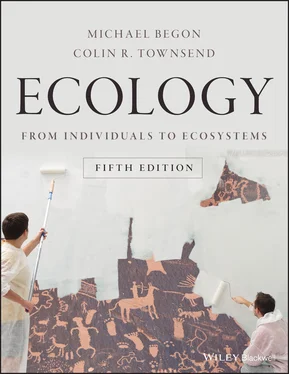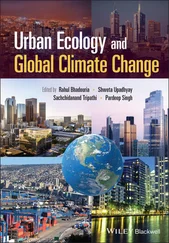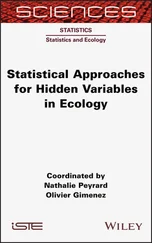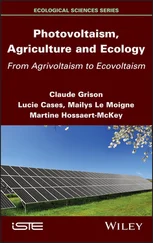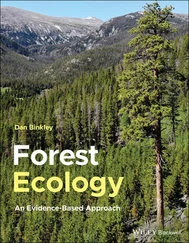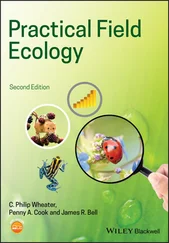Source : (a, b) After Hildrew (2018). (c) From Liu et al . (2013).
The only option to treat the causes of acidic deposition is to reduce emissions and the introduction of stringent air pollution regulations in Europe and North America, aimed at sulphur dioxide, oxides of nitrogen and ammonia, produced impressive results. In the UK alone, emissions of sulphur dioxide fell by 94% and nitrogen by 58% between 1970 and 2010. Emission reductions in Europe as a whole have been almost as good, while reductions in North America have been somewhat smaller. It should be stressed that the reductions are not entirely explained by government anti‐pollution initiatives, but are partly due to the ‘export’ of emissions to China and elsewhere where many goods destined for import to the northern hemisphere are now made. Indeed, acid rain is much less of an issue now in the north while the highest rates of deposition currently occur in parts of Asia ( Figure 2.25c).
As a consequence of emission reductions, chemical recovery of northern hemisphere waterways has been evident but biological recovery has generally been rather muted. This may be partly because chemical recovery is not yet complete or there may be biological constraints, such as a lack of colonists for previously impacted habitats or biotic resistance associated with changes to food webs, such that a simple reversal of acidification does not occur and the end point might not be the same community that existed before acidification (Hildrew, 2018). More encouraging has been the recent recovery of north‐eastern US fish populations in lakes that were previously incapable of sustaining wild fish populations because of acid conditions (Warren et al ., 2017).
In Chapter 1we discussed some of the ways in which global environments have changed over the long timescales involved in continental drift and the shorter timescales of the repeated ice ages. Over these timescales some organisms have failed to accommodate to the changes and have become extinct, others have migrated so that they continue to experience the same conditions but in a different place, and others have changed their nature (evolved) and tolerated some of the changes. We now turn to consider global changes that are occurring in our own lifetimes – consequences of our own activities – and that are predicted to bring about profound changes in the ecology of the planet. Although part of the wider syndrome now called ‘global change’, the acid rain just discussed is not truly global but rather regional because of the restricted mean residence time of the acidic pollutants in the atmosphere (a few days) compared with carbon dioxide, whose residence time is very much longer (Hildrew, 2018). We discuss this next.
2.9.1 Industrial gases and the greenhouse effect
A major element of the Industrial Revolution was the switch from the use of sustainable fuels to the use of coal (and later, oil) as a source of power. Between the middle of the 19th and the middle of the 20th century the burning of fossil fuels, together with extensive deforestation, added about 90 gigatonnes (Gt) of carbon dioxide (CO 2) to the atmosphere and more has been added since. The concentration of CO 2in the atmosphere before the Industrial Revolution (measured in gas trapped in ice cores) was about 280 ppm, a fairly typical interglacial ‘peak’ ( Figure 2.26a), but this had risen to around 370 ppm by the turn of the millennium ( Figure 2.26b) and in May 2013 reached 400 ppm for the first time in at least the last 800 000 years.
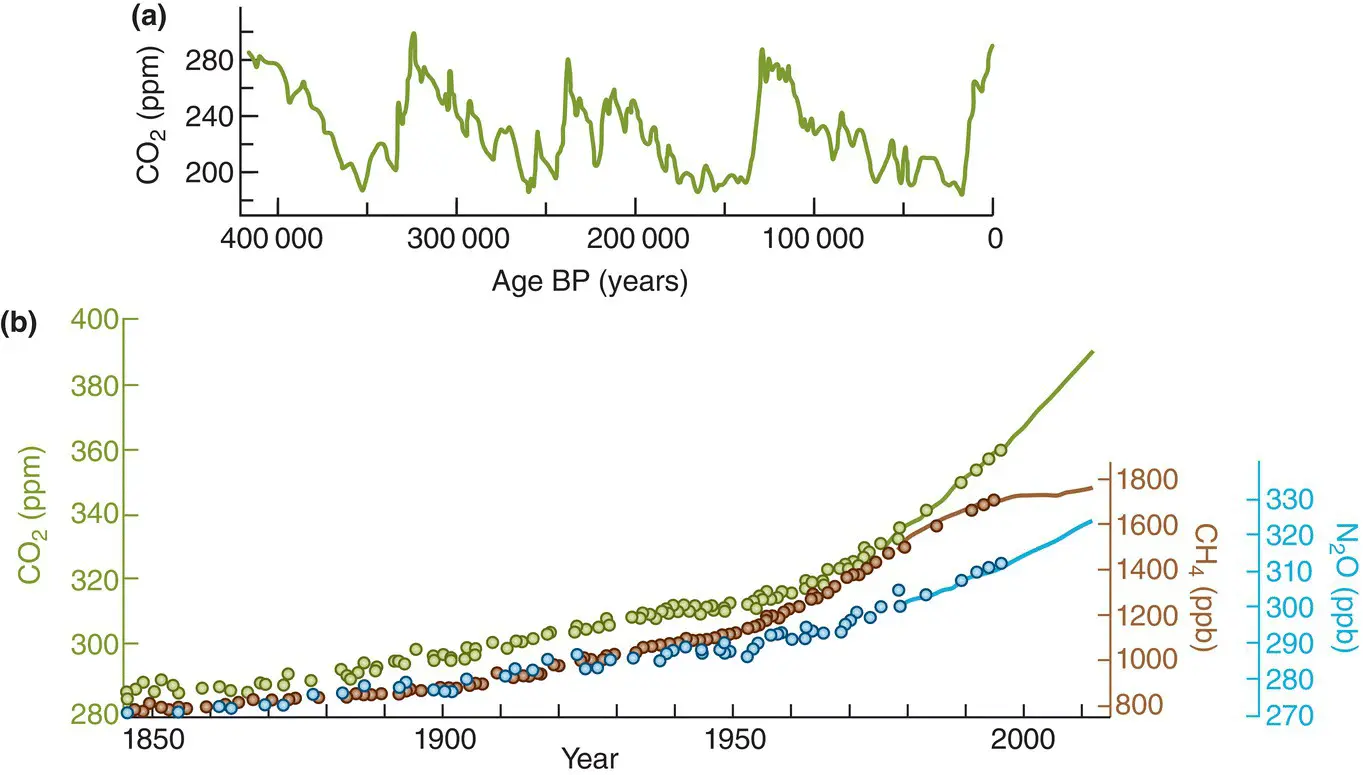
Figure 2.26 Atmospheric concentrations of CO 2 during the past 420 000 years and since 1850.(a) Concentrations of CO 2in gas trapped in ice cores from Vostok, Antarctica. Transitions between glacial and warm epochs, and peaks in CO 2, occurred around 335 000, 245 000, 135 000 and 18 000 years ago. (b) Atmospheric concentrations of the greenhouse gases CO 2(green), methane (CH 4, brown) and nitrous oxide (N 2O, blue) determined from ice core data (dots) and from direct atmospheric measurements (lines) since the mid‐18th century. BP, before present; ppb, parts per billion; ppm, parts per million.
Source : (a) After Petit et al . (1999) and Stauffer (2000). (b) After IPCC (2014).
Solar radiation incident on the earth’s atmosphere is in part reflected, in part absorbed, and part is transmitted through to the earth’s surface, which absorbs and is warmed by it. Some of this absorbed energy is radiated back to the atmosphere where atmospheric gases, mainly water vapour and CO 2, absorb about 70% of it. It is this trapped reradiated energy that heats the atmosphere in what is called the ‘greenhouse effect’. The greenhouse effect was of course part of the normal environment before the Industrial Revolution and was responsible for some of the environmental warmth before industrial activity started to enhance it. At that time, the greater proportion of the greenhouse effect was due to atmospheric water vapour.
CO 2– but not only CO 2
In addition to the enhancement of greenhouse effects by CO 2emissions, other trace gases have increased markedly in the atmosphere, particularly methane (CH 4) and nitrous oxide (N 2O) ( Figure 2.27) and to a smaller extent the chlorofluorocarbons (CFCs, e.g. trichlorofluoromethane (CCl 3F) and dichlorodifluoromethane (CCl 2F 2)) and some other minor contributors. Each greenhouse gas has a global warming potential (usually expressed as ‘equivalents of CO 2’) that depends on how long it stays in the atmosphere and how strongly it absorbs energy. Thus, CH 4and N 2O have global warming potentials some 30 and 300 times that of CO 2over a 100‐year period (they persist in the atmosphere for around 10 or 100 years, respectively, compared with thousands of years for CO 2, but absorb energy much more efficiently). Together, these gases contribute about 35% to enhancing the greenhouse effect, compared with 65% by CO 2( Figure 2.26). The increase in CH 4is mainly of microbial origin in intensive agriculture on anaerobic soils (especially increased rice production) and in the digestive process of ruminants (a cow produces approximately 40 litres of CH 4each day). N 2O is emitted during agricultural and industrial production and the combustion of fossil fuels and solid waste. The effect of the CFCs from refrigerants, aerosol propellants and so on was potentially great (their global warming potentials are thousands or tens of thousands greater than CO 2), but international agreements, mainly to counteract damage to the ozone layer, have strongly moderated increases in their concentrations. However, the rate of increase in annual greenhouse gas emissions has accelerated since the turn of the millennium ( Figure 2.27).
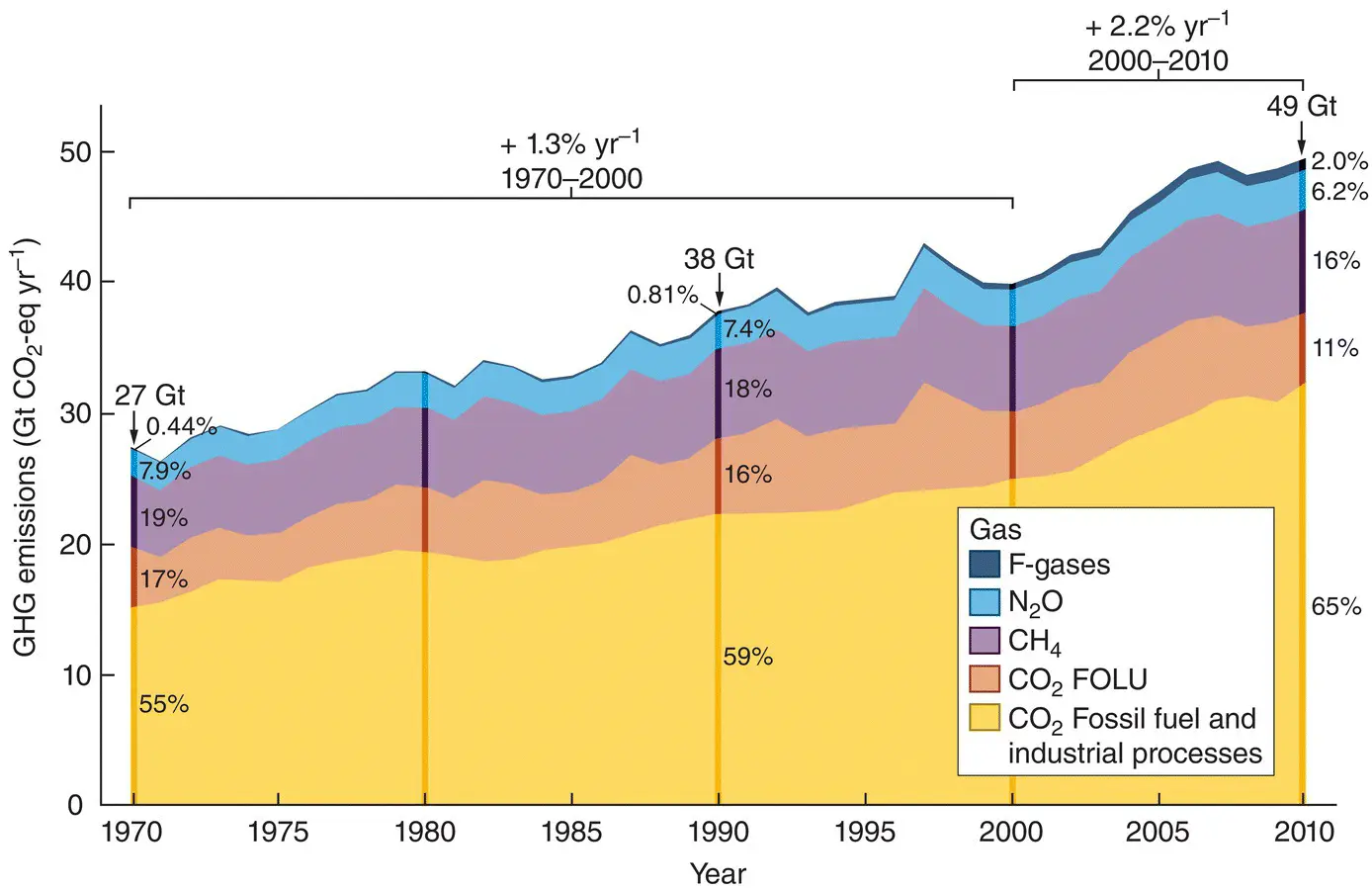
Figure 2.27 Total annual anthropogenic greenhouse gas (GHG) emissions from 1970 to 2010converted to gigatonne equivalents of CO 2per year. FOLU, forestry and other land use change.
Source : IPCC (2014).
It is possible to draw up a balance sheet of how the CO 2produced by human activities translates into changes in concentration in the atmosphere. Human activities have released more than 2000 Gt CO 2since 1750, but the increase in atmospheric CO 2accounts for only 40% of this (IPCC, 2014). The oceans absorb an estimated 30% of CO 2released by human activities. Furthermore, recent analyses indicate that terrestrial vegetation has been ‘fertilised’ by the increased atmospheric CO 2, so that a considerable amount of extra carbon has been locked up in vegetation biomass. And more is to be found as soil carbon. This softening of the blow by the oceans and terrestrial vegetation notwithstanding, however, atmospheric CO 2and the greenhouse effect are increasing.
Читать дальше
